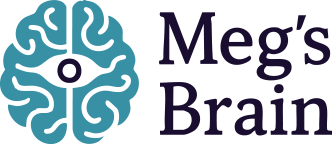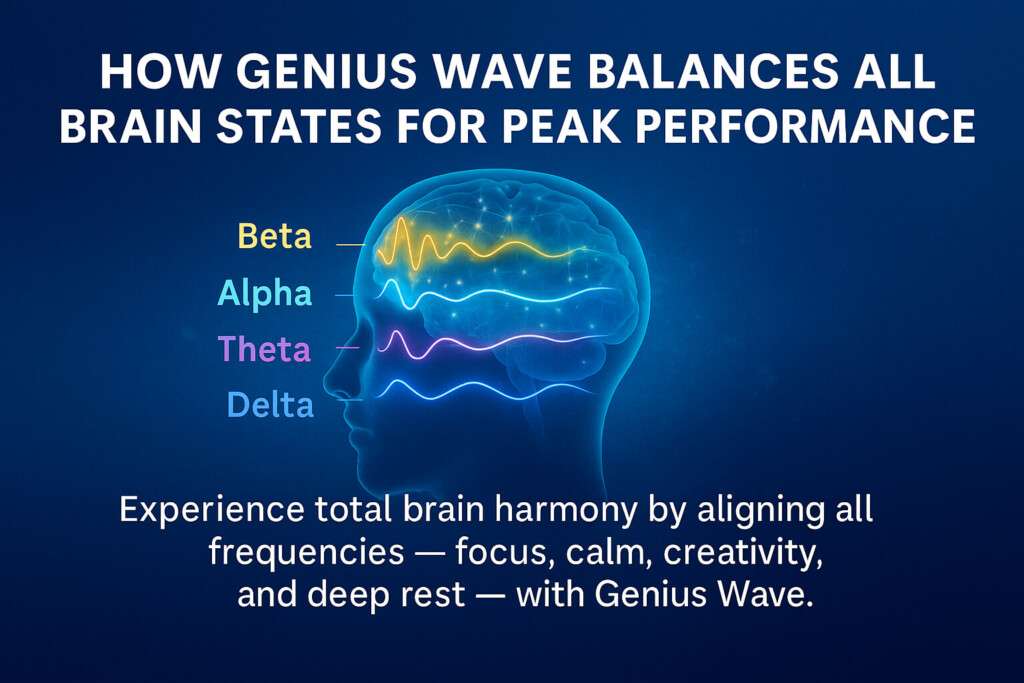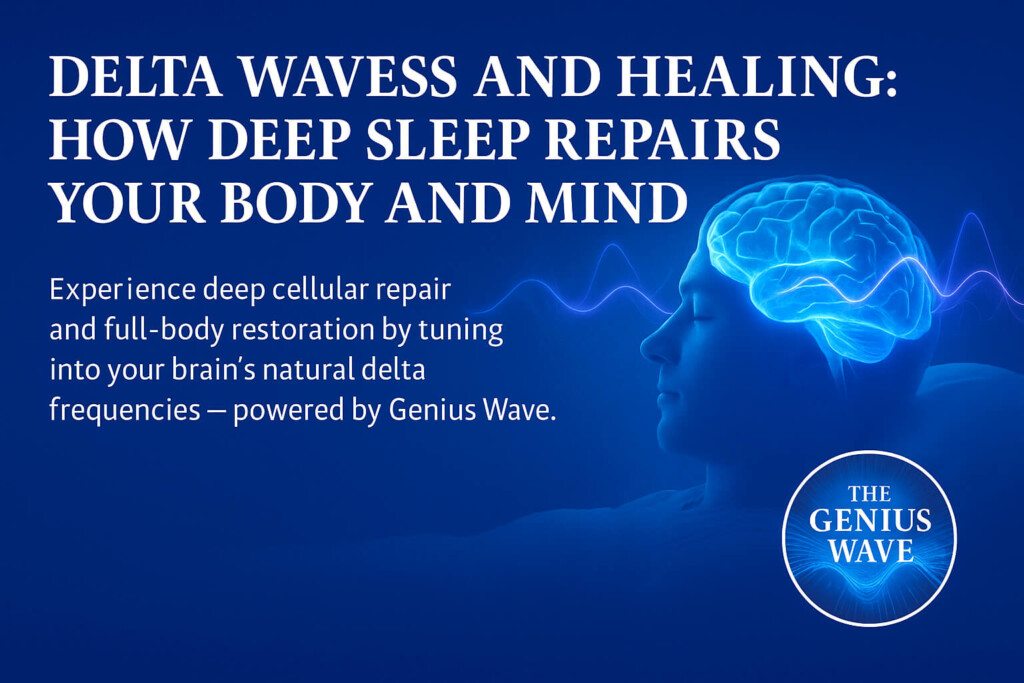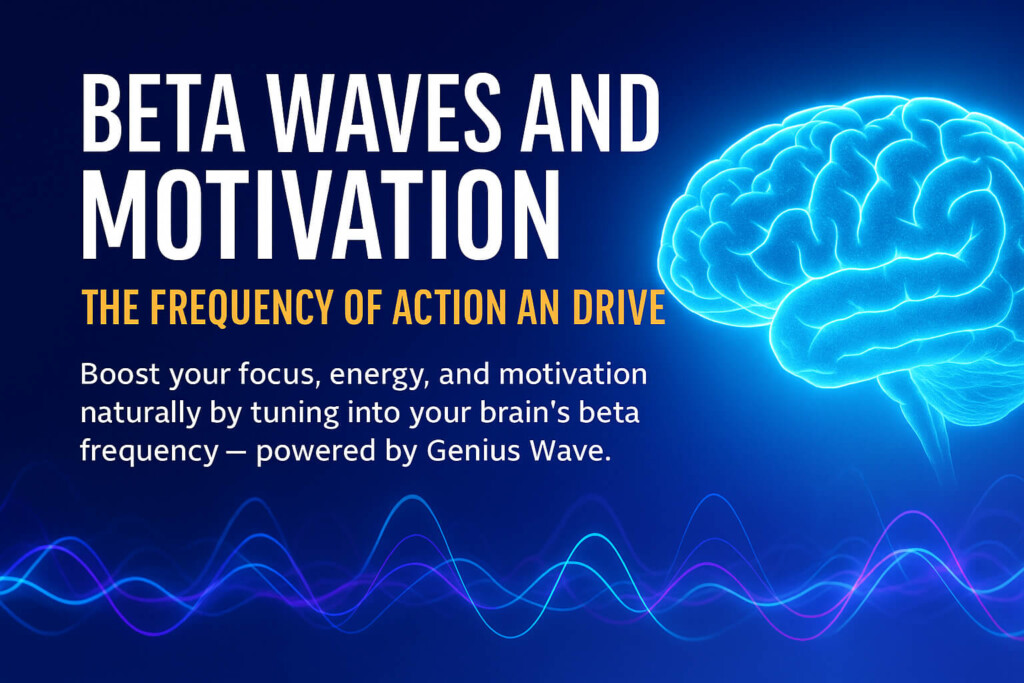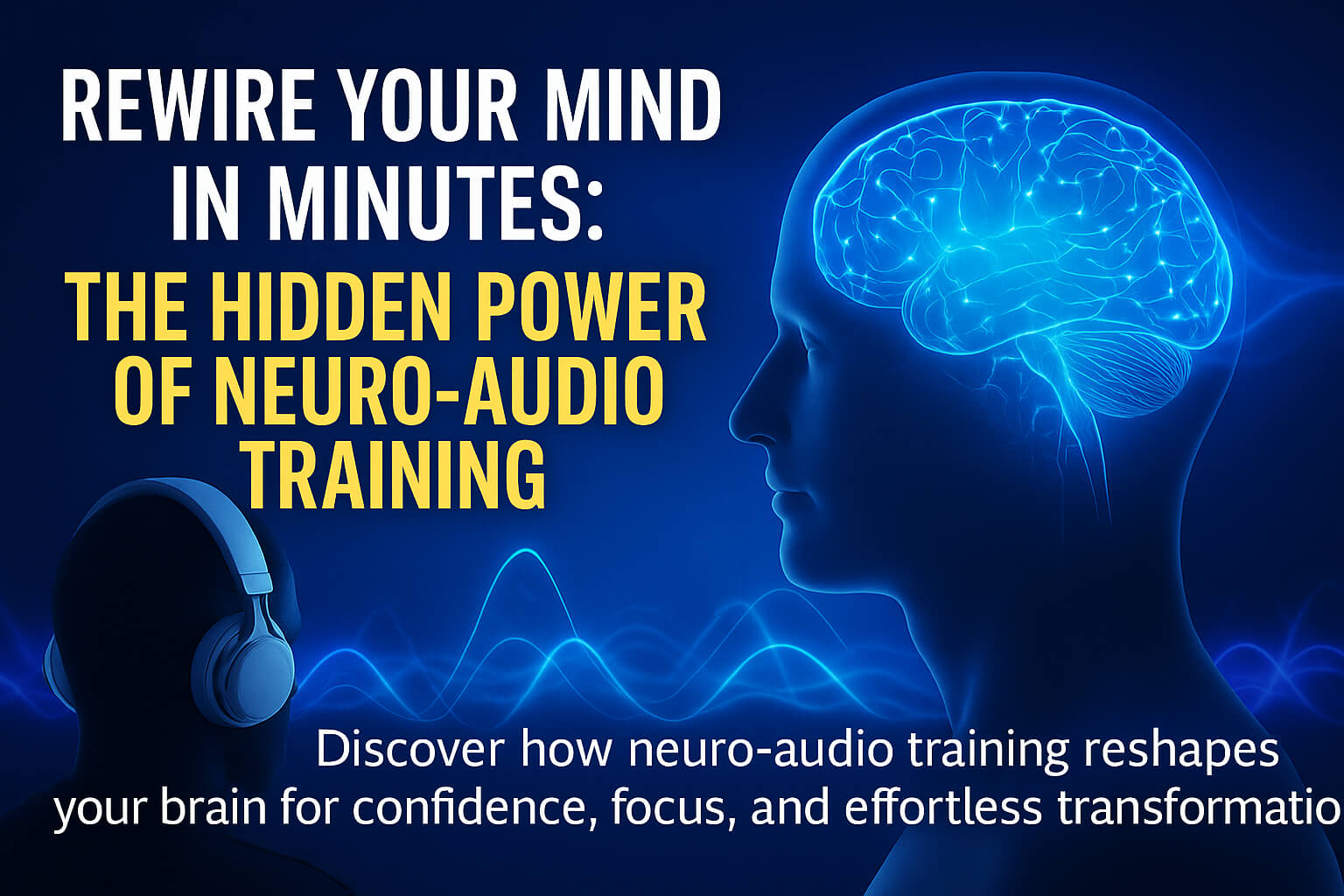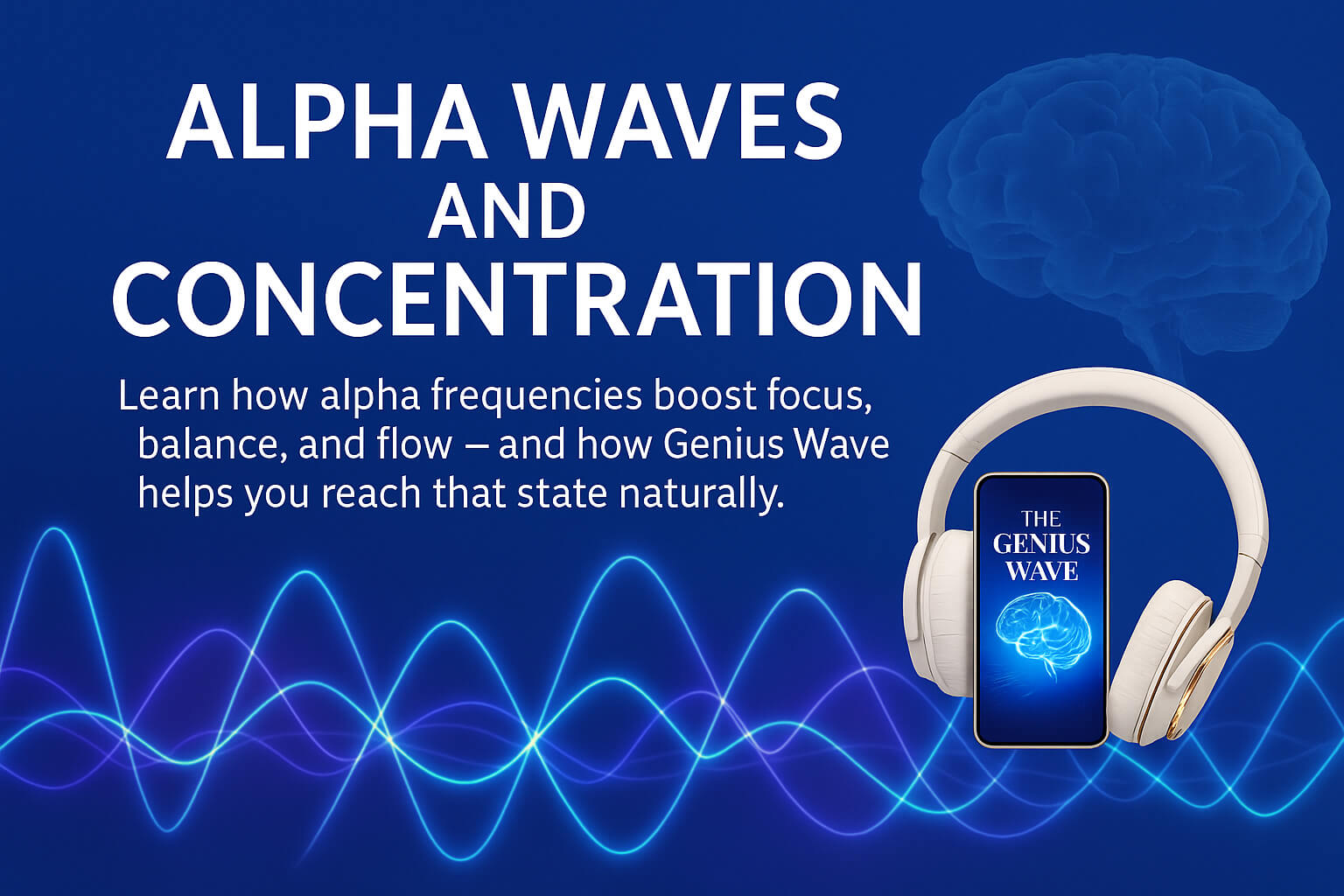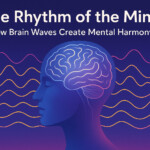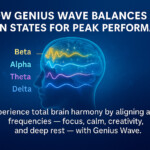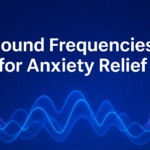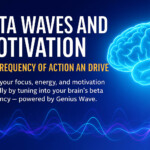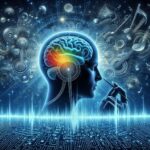Now Reading: Binaural Beats vs Isochronic Tones: Which Boosts Focus Better?
- 01
Binaural Beats vs Isochronic Tones: Which Boosts Focus Better?
Binaural Beats vs Isochronic Tones: Which Boosts Focus Better?
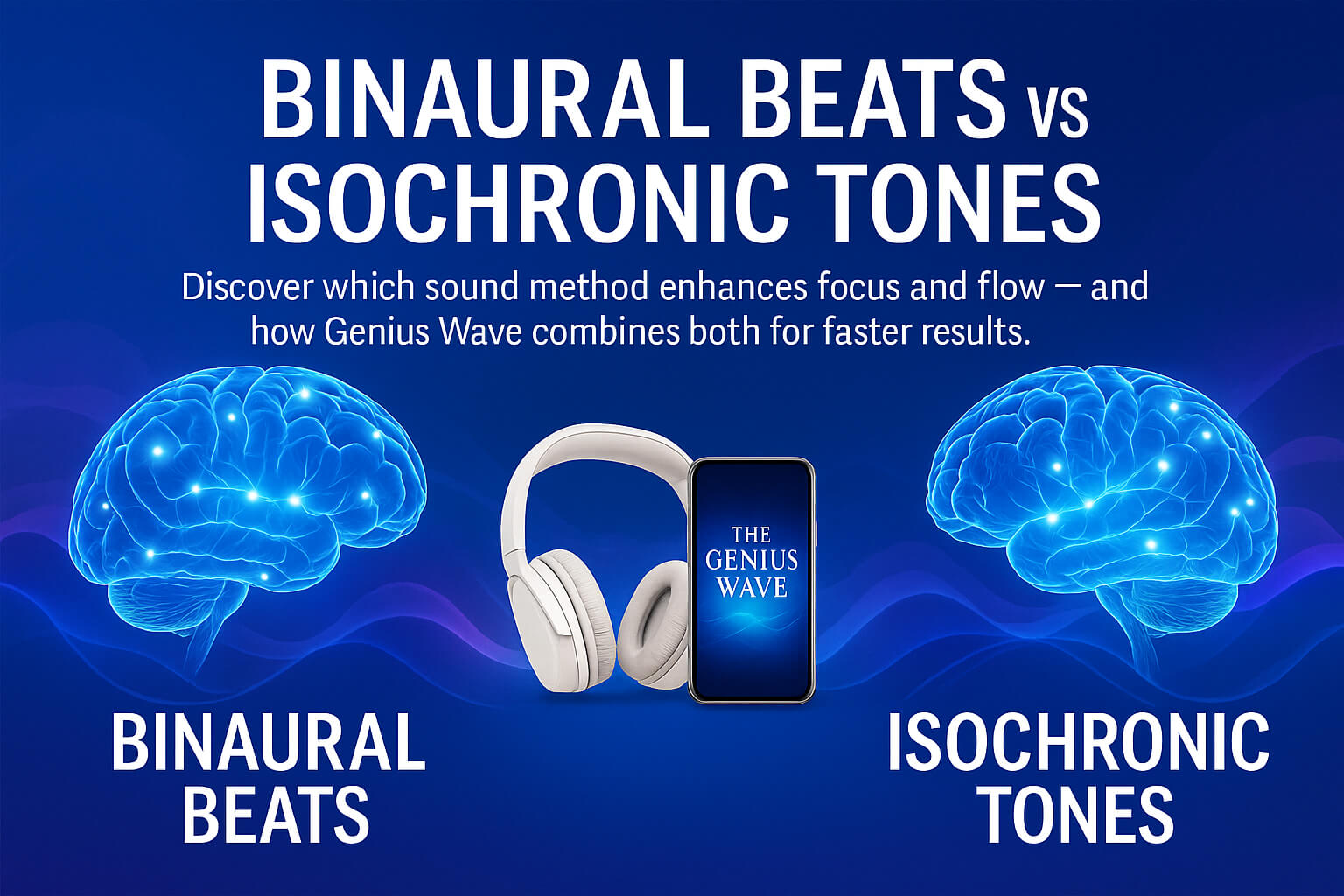
🎧 Introduction
Focus is the new currency of the modern mind.
Between constant notifications and endless distractions, achieving deep concentration feels impossible.
That’s why many people are turning to binaural beats and isochronic tones — two powerful audio technologies that influence brainwave activity to improve focus, relaxation, and productivity.
🧠 Understanding the Basics
Binaural Beats
Binaural beats occur when two slightly different frequencies are played in each ear, creating a third “phantom” tone that your brain interprets as a new rhythm.
Example: 300 Hz in one ear and 310 Hz in the other → your brain perceives a 10 Hz tone (Alpha range).
This process encourages your brain to synchronize with that frequency, shifting your mental state toward calm focus or deep creativity.
Isochronic Tones
Unlike binaural beats, isochronic tones don’t require headphones.
They’re single tones that pulse on and off in specific rhythmic patterns — much like a metronome — and can drive brainwave activity even more directly.
Studies suggest that isochronic tones are especially effective for increasing alertness and energy in shorter sessions.
⚖️ Comparing Their Effects
| Feature | Binaural Beats | Isochronic Tones |
|---|---|---|
| Best For | Relaxed focus, meditation, creativity | Quick alertness, energy, motivation |
| Headphones | Required | Not required |
| Sound Type | Smooth, immersive | Pulsating, rhythmic |
| Ideal Duration | 7–20 minutes | 5–10 minutes |
Both methods stimulate brainwave entrainment, but they produce slightly different experiences.
🧩 The Science Behind Brainwave Focus
Brainwave frequencies influence mental states:
Alpha (8–12 Hz): relaxed concentration
Beta (13–30 Hz): alert thinking and motivation
Theta (4–7 Hz): creativity and intuitive flow
When you listen to sound frequencies tuned to these ranges, your brain adapts to that rhythm — leading to measurable improvements in focus, retention, and flow-state performance.
🔮 Which One Should You Choose?
If you’re looking for:
Calm, deep focus: Try binaural beats (Alpha range)
Fast motivation: Use isochronic tones (Beta range)
Creative insights: Combine both (Theta-to-Alpha blend)
Many users report the best results from alternating between them — just as the Genius Wave program does in its audio structure.
🎯 The Genius Wave Advantage
Unlike standalone binaural or isochronic tracks, Genius Wave blends both scientifically tuned sound frequencies with subconscious training.
The result: faster mental alignment, reduced overthinking, and sustained focus throughout your day.
🧘♀️ Conclusion
Both binaural beats and isochronic tones can help you regain mental clarity — but combining them under structured guidance like Genius Wave delivers the most powerful transformation.
Your brain is capable of extraordinary focus. All it needs is the right frequency to unlock it.
